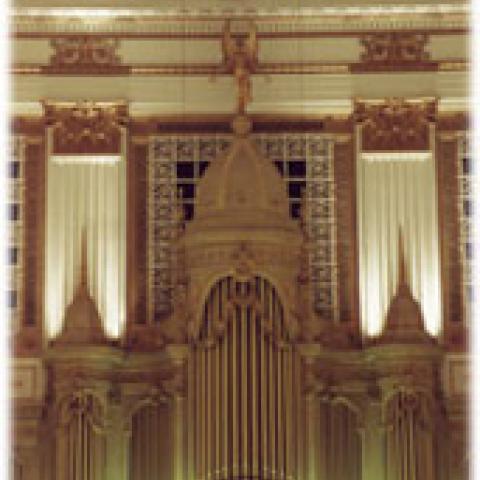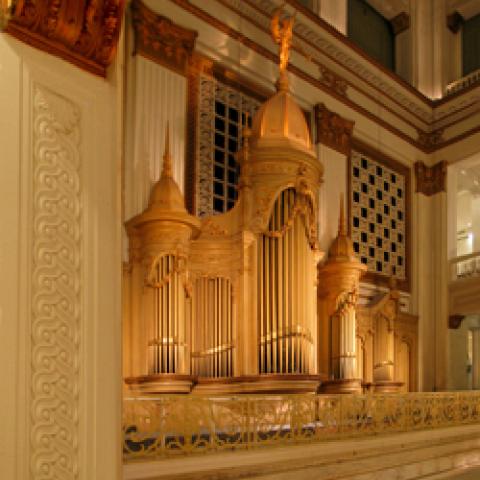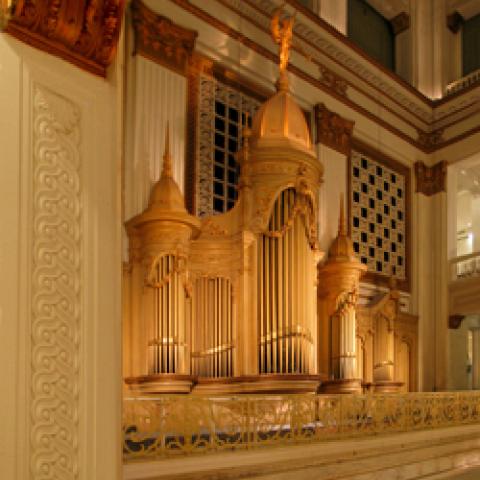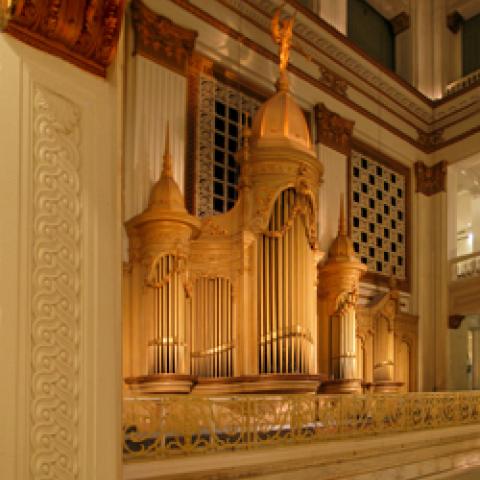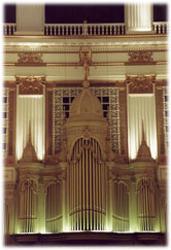
Friends of the Wanamaker Organ present their Fall Grand Evening Concert at the Grand Court on Saturday, October 15 at 8:30 pm. The concert features Mormon Tabernacle principal organist Richard Elliott and Grand Court organist Peter Richard Conte.
Known for his virtuosity and musicianship, Elliott is fully at home at the Wanamaker console, having been a Keith Chapman assistant from his days as a student at the Curtis Institute. In Salt Lake, he commands both the famous Mormon Tabernacle organ and the Schoenstein instrument in the LDS Conference Center.
The program is slated to include Conte’s new transcription of the Nocturne from Mendelssohn’s A Midsummer Night’s Dream and the Franck Choral in E Major; duets with Richard Elliott; and an Elliott tribute to the musical legacy of the Curtis Institute of Music—through which he traces his own musical roots.
Other music with Curtis ties includes a Toccata by Lynnwood Farnam. Also planned are works by Curtis all-stars John Weaver and David N. Johnson, and Richard Purvis’s St. Francis Suite.
For information: wanamakerorgan.com.

